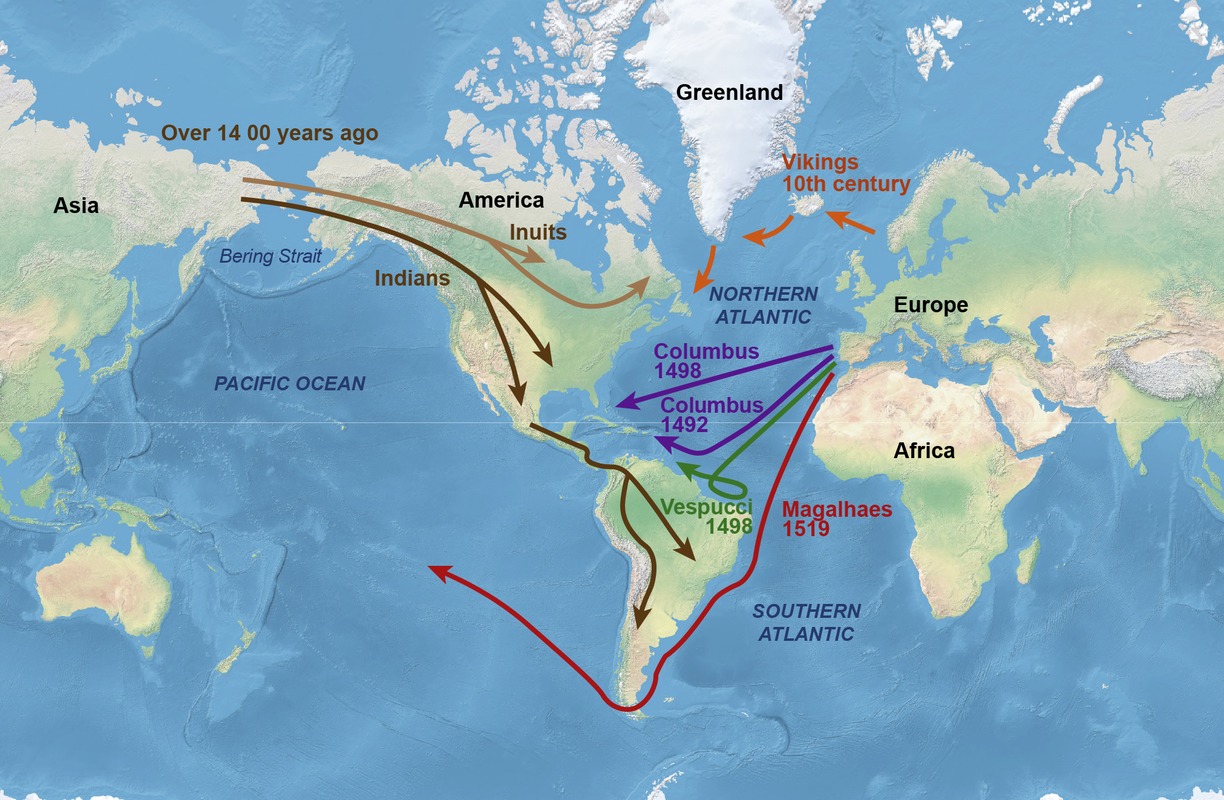3.1 How was the Earth inhabited?
Modern humans originated from Africa. From there, humans first spread to Europe and Asia, before expanding further into Australia and America tens of thousands of years ago. The indigenous peoples of Australia and the Americas are the descendants of these ancient migrants.
Stone age humans arrived in Australia approximately 50 000 years ago. They are the ancestors of the modern-day Australian aboriginals. Europeans arrived in Australia during the 1600s.
 Australian aboriginals in traditional clothing.
Australian aboriginals in traditional clothing.
Indigenous people of the Americas are the descendants of humans who arrived in America tens of thousands of years ago. These people arrived at the continent from Asia via the Bering strait. This was possible because the sea levels were significantly lower tens of thousands years ago than they are today.
The Native Americans of North America spread across the continent over a time frame of thousands of years. They lived in hundreds of small groups or tribes, each of which had their own cultures, customs, and languages.
Many Native American tribes consisted of hunter-gatherers that moved from place to place in search for food. The first Native American cities were formed in the Mississippi valley during the 8th century. However, the most advanced civilizations in America formed in Central and South America. These advanced civilizations, the Maya, the Aztecs, and the Inca, were as culturally advanced and nuanced as the ancient advanced civilizations of Egypt and Mesopotamia.
Other Native American peoples include the northern Inuits and Yupiks. These peoples inhabited the coast and archipelago of the Arctic Ocean all the way to Greenland.

America was first inhabited via the Bering Strait tens of thousands of years ago. European settlers arrived in America in the 15th century.
